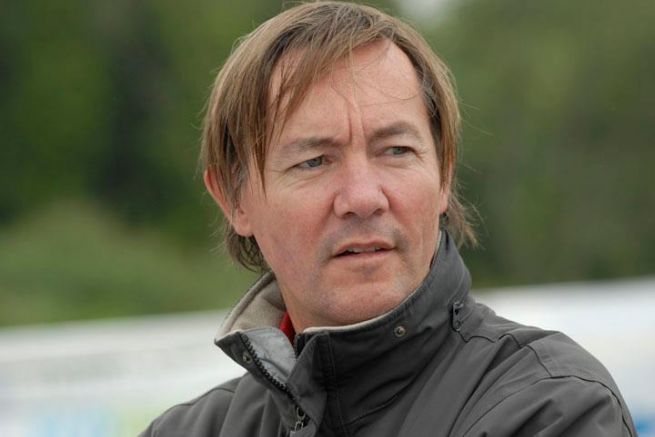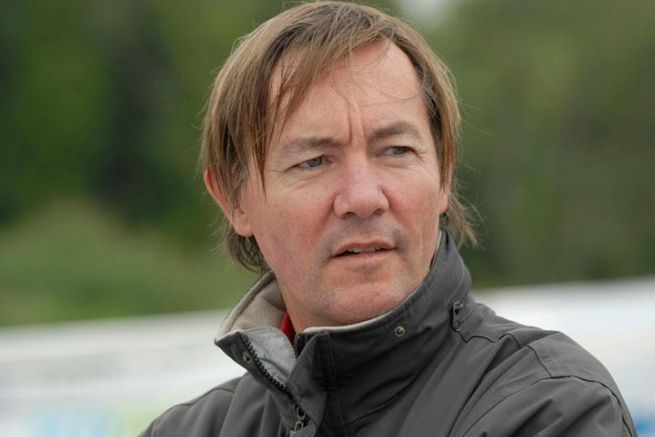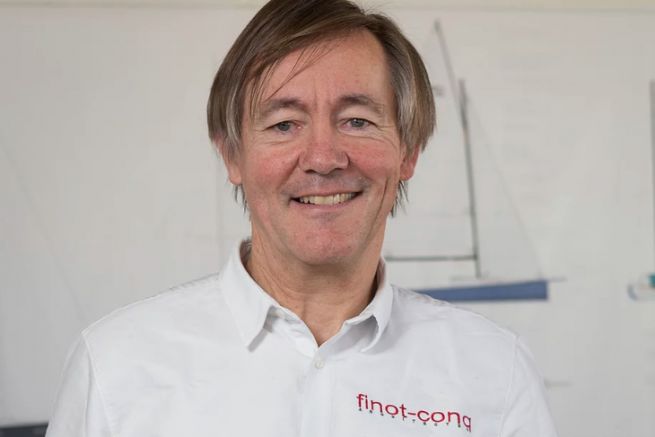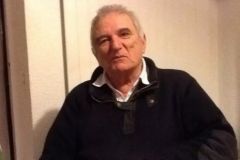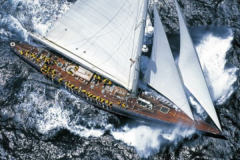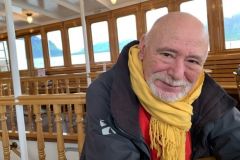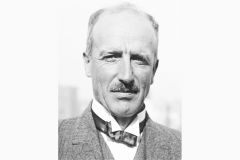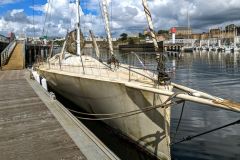Salt in the veins
Pascal Conq was immersed in the maritime world from a very early age, thanks to his family. His great-grandfather was the captain of a schooner from Paimpol, his grandfather was a chief engineer and his father worked in the Merchant Navy.
"When my father stopped sailing, we moved to Roscoff, in Northern Brittany. He was in charge of the technical services of a marine biology station. We had a service apartment, I had an aquarium at my disposal, I was a bit of an oil king! I was happy as anything! I sailed a lot in the summer on oceanic research boats as a deckhand, but also on trawl fishing boats. I completely grew up with sea salt!"
At the same time, Pascal Conq started to sail on his father's Belouga. He started to sail with him very early, enjoying sailing more and more.
"We then built an Optimist. I started to get interested in racing. One thing led to another and my interest in boats grew. I wondered how boats are made, how to win regattas, how to build boats to go fast in regattas... I hung around the Roscoff shipyards quite a bit, wondering what was behind it... That was the job of a naval architect."
Naval architect and sailor
By looking at the training of those who were practicing at that time, he realized that the choice was vast. He then thought that the training of DPLG architect could be the right one to become a naval architect. He trained in Rennes and obtained his diploma in 1985.
"I discovered studies that fascinated me, but I didn't give up sailing. I started to design a 5.50 m racing yacht, with the "Micro" rule and the first canting keel. I was in my third year of architecture."
At the same time, Pascal Conq continued to participate in numerous regattas, notably with Patrick Eliès, winner of the Solitaire du Figaro in 1979. The navigator knows Jean-Marie Finot well and organizes a meeting between the two architects.
"One thing leading to another, I continued racing and won the Tour de France à la Voile in 1985, with my cousin Yannick Dupetit. That same year, Jean-Marie Finot was looking for some help. We agreed that I would come and work with him in the fall."
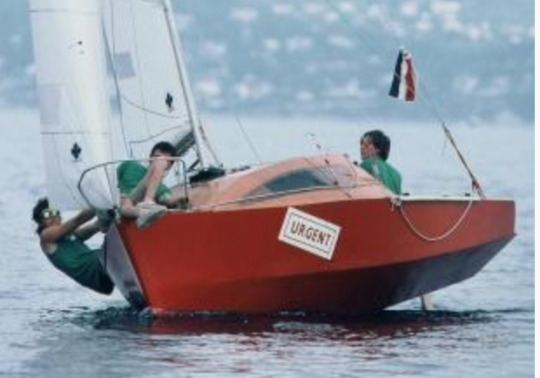
Racing boats, large yachts and cruise ships
After 3 years of collaboration with Jean-Marie Finot, the two men joined forces to found the firm "Finot Conq".
"I had more youthful enthusiasm, so I focused more on racing boats. Naturally, Jean-Marie took up cruising. After that, I was very close to some younger clients. It allowed us to evolve like that."
Today, the team is composed of 4 people. The work is divided by field according to the performances of each one. If the firm has designed a Mini with a Scow hydrofoil bow (which should soon be launched), the bulk of the activity is concentrated on yachting.
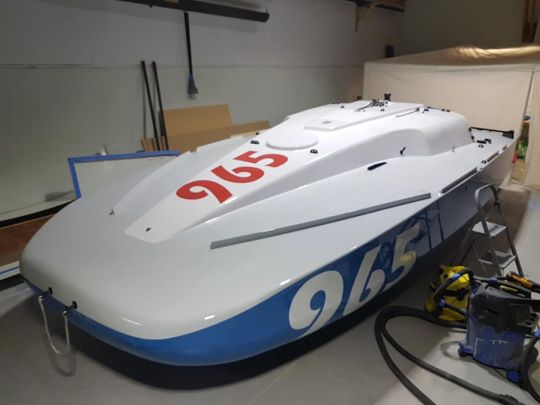
"This Mini with foils will be quite different. We worked a lot in CFD. It's interesting. At the level of the race, the youngest tend to take over. David de Prémorel for example is closer to the racers. That's how we maintained the link with the IMOCA class, especially for the last Vendée Globe 2020/2021. We had three boats that we kept in good condition. We're close to the skippers, like Damien Seguin on Apicil."
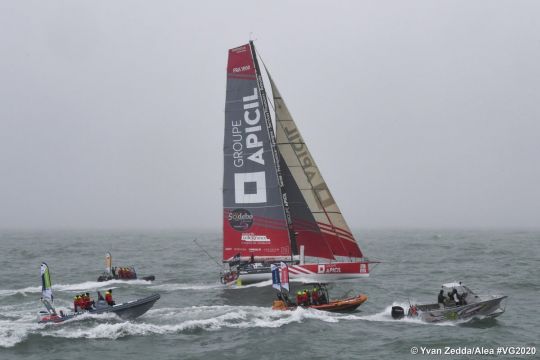
The firm also works on single boats, such as the Nomad IV, a 100-foot cruising sailboat.
"This boat was quite noticed and earned us an international architecture award. Recently, we have also worked on a 53-foot, a 56-foot, and a 70-foot aluminum boat built at JFA. Our activity is divided between single boats - to design boats as we like them - and cruising boats - Marine Composites, Structures or even Bénéteau."
